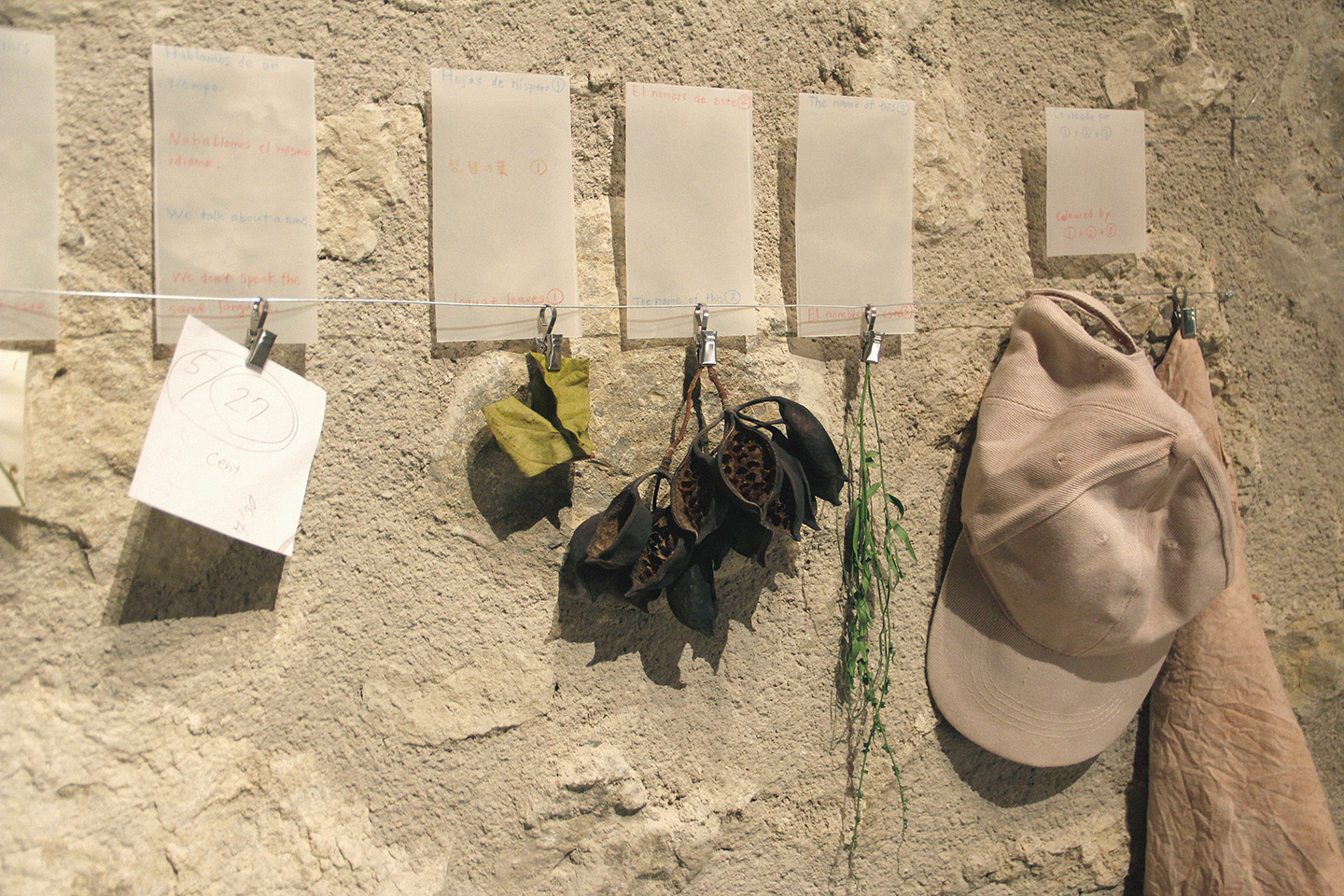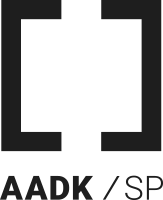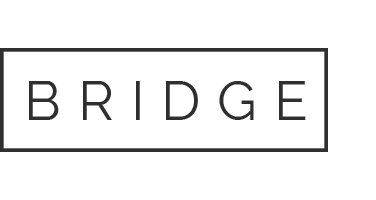
01 May Ami Kohara
May 2022
“The theme held for the residence program “body, space and territory” is strongly relevant to the project. For the last few years, I have been working on listening to the sound of different cities.
A city holds the sound of all those living there. By living I mean the sound of now, of nature, of culture, of the past and the future and all lives. The way I see it, the sound of a city is composed of many layers that comprehend multiple perspectives. In everyday life, I sometimes notice what I call tensions between these different layers of perspective, and the layer itself: Its upper and lower levels and its ephemeral meeting points that constitute and play the changing sound of the city. Through my art practice, I try to give shape to the tensions by staying within the sound of the city while creating a sort of shift in perception where the structure is put more in the background.”
In her first month, Ami is reflecting on the work in the fields, willing to comprehend what this labour does in the body and in the mind. The perception of time lingering between the factory rhythm and the conditions of nature, and the connection between the care of the land and the global market. Her approach wants to be empirical, experiencing the daily performance of the workers, still as a tourist of an alien way of life.
She is also collecting traces of her experience in Blanca mediated by the broken translation of one who does not have access to the local language.
With the support of the Swedish Arts Grants Committee.
June 2022
During the month of June, Ami has walked through the dry riverbeds and fields around Blanca, which has led her to ask herself several questions:
On the one hand, she observed how changeable and ephemeral the matter that surrounds us is. A field full of lemons is found empty on the next walk, with trees that no longer have lemons. Neither the bodies that collected them are present. The riverbeds have water one day and the next they are a dry path. Aqueducts indicate that once there was water, but now they are empty. When walking, the artist’s body also disappears from the place where she took the previous step.
Disappearance is immanent to the existence of everything, both the living and the inert.
This sensation is evocated in the exhibition space by water that falls through the rock, generating a stream that disappears and evaporates in front of our eyes.
On the other hand, Ami feels the need to understand the rhythm of the work in the fields. Not only observing and photographing them but experiencing it in her body, for example, collecting lemons while the sun allows it. The boxes are filled, and the bodies flee during the peak hours of the sun, only to meet again in another field the next dawn.
At the same time, Ami becomes aware of her difficulty to understand in-depth what she observes, and how the cultural distance leads her to assume preconceived ideas about the rhythm of this new place. For this reason, she approaches the inhabitants of Blanca and tries to communicate with them with simple questions, mediated by the often absurd language of Google translator, which shows the distance between her world and the place she now inhabits.
All these observations have been like a mirror that speaks about her capitalized and normalized gaze. With these questions in mind, the siesta questionnaire has helped her to establish communication with the townspeople as a strategy to listen carefully to the local melody.
With the support of the Swedish Arts Grants Committee.
July 2022
Ami had spent three months in Blanca trying to understand and add something to the context.
After the works presented the past months, she had to leave without ending the video editing that would portray the poetics and problematics she found during her research.
Among many other thoughts, and exceeding the artistic outcome, Ami leaves with a new perspective of which kind of life we want and we can live.
It also made her question herself about her own roots and how an artist can activate one’s own environment for social cohesion
Ami will come back to Blanca to present her finalised video, but for now, she leaves us some domestic images of her last gathering with locals. Cooking paparajotes acted here as a mediation tool for time sharing and for knowledge exchange.
Learning from one another and the human connection between very different people has been, over everything, Ami’s main interest.
With the support of the Swedish Arts Grants Committee.









